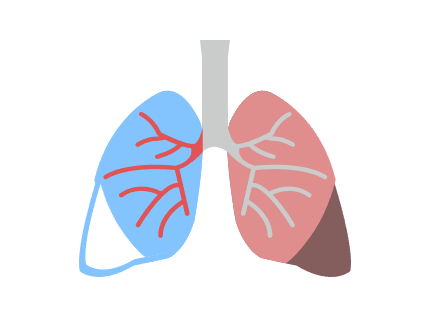COVID-19 DIAGNOSIS
COVID-19 DIAGNOSIS
- Viral nucleic acid testing and chest computed tomography imaging are standard methods for diagnosing Covid-19 but are time-consuming [1].
- Thus, researchers have been developing diagnostic models to predict the presence and severity of covid-19 in patients in a more efficient manner.
- These models are developed using single country data or international (combined) data [1].
- Because pneumonia-signs on lung CT scans is one of the most common manifestations of Covid-19, several diagnostic applications focus on the use of image-recognition software to accelerate the reading of lung X-rays and CT scans [2]. There are more than 100 publications in MedRxiv and bioRxiv dedicated to this medical application [2].
- However, there are other models being proposed that do not use images to diagnose the presence or severity of the virus. Some models work by using predictors such as vital signs (e.g. temperature, heart rate, respiratory rate, oxygen saturation, blood pressure), or flu-like signs and symptoms (e.g. shiver, fatigue), among others [1].
- Multiple different AI-based diagnostic tools have been proposed during the course of the pandemic [2]. Yet, most of them have not been implemented at a large scale but only in the context of small trials [2].

